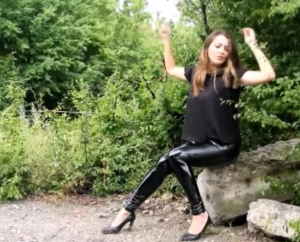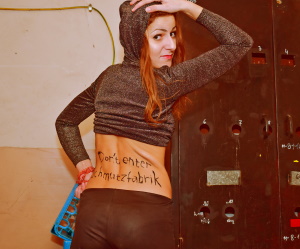Barcelona – the city of Gaudí, tapas, and endless sunshine – is also the city that can’t sit still. Between tourists, locals, and urban planners with very big ideas, the Catalan capital feels like it’s constantly rearranging itself, like a living, breathing architectural puzzle. But behind the postcard-perfect views of La Sagrada Família and the beach at Barceloneta, there’s a new story unfolding — one of gentrification, housing headaches, and futuristic city experiments.
El Raval, Poblenou, and the Great Gentrification Shuffle
Once upon a time, El Raval was gritty, bohemian, and a little rough around the edges — the kind of place where artists, dreamers, and the occasional lost tourist found themselves late at night. Fast-forward a few decades and it’s full of boutique hotels, vegan brunch spots, and rental bikes. Poblenou, once an industrial district full of warehouses, has followed the same path — reborn as a hipster haven filled with start-ups, co-working spaces, and yoga studios that promise “mindful productivity.”
But for many longtime residents, this transformation feels less like progress and more like being priced out of their own stories. As trendy cafés replace corner shops and luxury apartments rise where old workshops once stood, the locals are asking: Who is Barcelona really for?
Tourism, of course, plays a big part. With over 12 million visitors per year (and that’s just counting the ones who sleep there), Barcelona is a magnet for travelers looking for that perfect sunset selfie. The result? Neighborhoods that once buzzed with local life now echo with rolling suitcases and late-night “¡Salud!” chants from rooftop bars.
The Airbnb Effect: When Home Feels Like a Hotel
Finding an apartment in Barcelona these days can feel like an Olympic sport — only with more paperwork and fewer medals. Rents have skyrocketed, and much of the blame is pointed at short-term rental platforms like Airbnb.
Many flats that were once home to families have turned into vacation rentals, pushing locals further out to the suburbs. The city has tried to fight back with stricter regulations and heavy fines, but the problem remains: when your neighbor’s apartment is listed for tourists at €200 a night, landlords start getting ideas.
So while tourists live their best lives on the Mediterranean coast, locals are refreshing housing apps like it’s a full-time job.
Superblocks: Barcelona’s Bold (and Sometimes Bumpy) Experiment
Amid all this chaos, Barcelona has done something bold — something that’s got urban planners around the world watching closely. The city’s new Superblocks (or Superilles in Catalan) are giant micro-neighborhoods designed to reclaim streets for people instead of cars.
Inside each Superblock, traffic is limited, kids play soccer where there used to be parking spaces, and cafes spill out onto newly pedestrianized plazas. The idea is simple but revolutionary: make cities greener, quieter, and more livable.
Of course, not everyone is thrilled. Some drivers grumble about longer routes, and a few businesses worry about losing passing traffic. But overall, the Superblock project has given Barcelona a new identity — one where community and sustainability come first (and honking cars, second).
A City in Motion
Barcelona’s story is one of constant reinvention. From the industrial bones of Poblenou to the vibrant heart of El Raval, from skyrocketing rents to eco-utopian Superblocks, the city is a laboratory of modern urban life — sometimes messy, often inspiring, and always passionate.
And maybe that’s the charm of Barcelona: it doesn’t pretend to have everything figured out. It’s still experimenting, still arguing, still dancing between tradition and innovation.
Just like a good flamenco performance — full of rhythm, emotion, and a touch of chaos.







